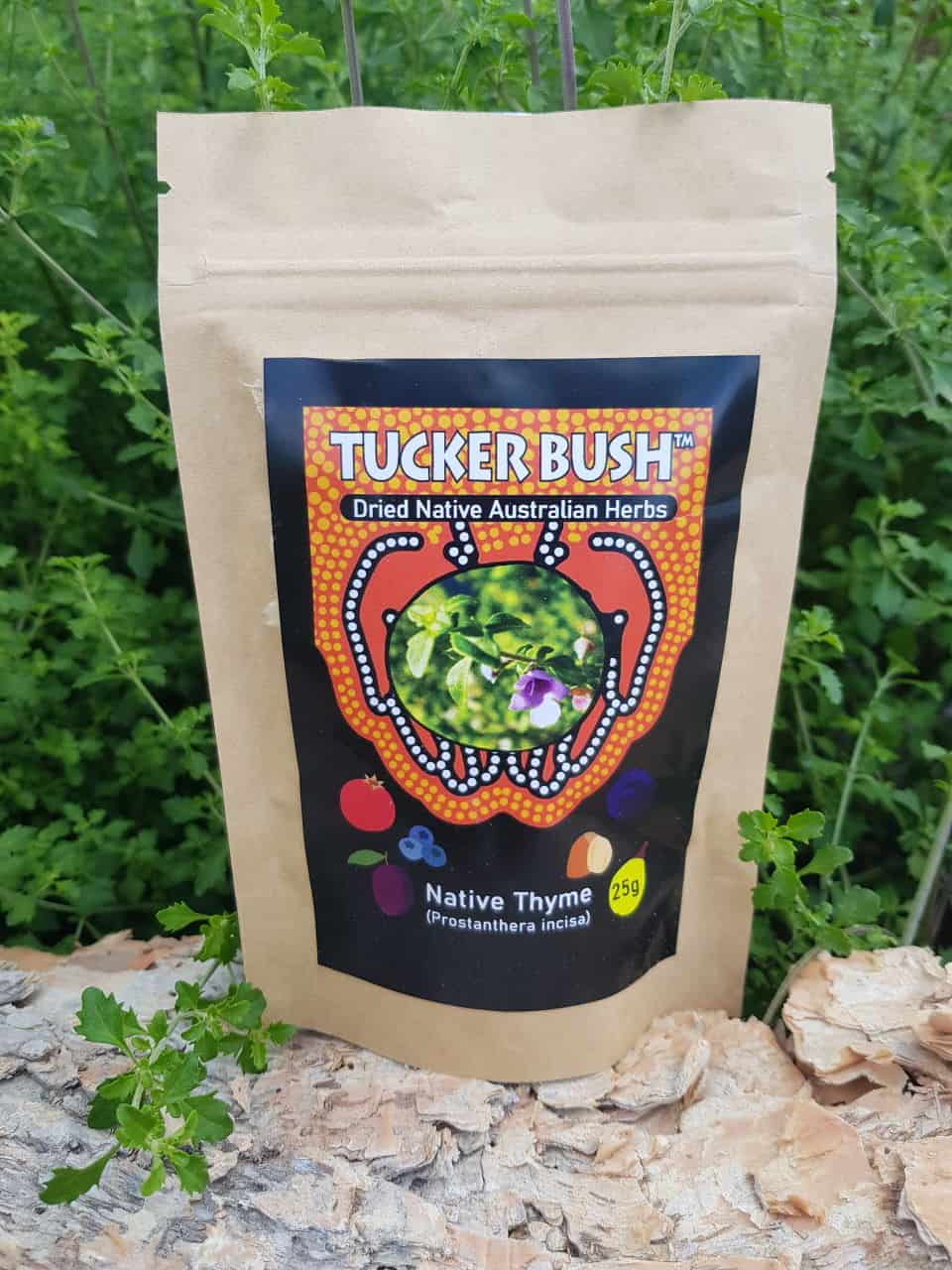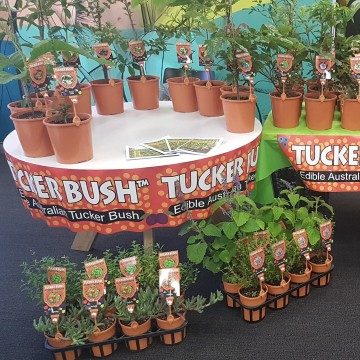Celebrate this year’s World ReWilding Day (20th March) by thinking about how your bushfood garden can better serve the wildlife in your area. Going beyond appearances, an intentionally designed green space forms part of the global effort to build a more resilient and biodiverse future.
Local wildlife can include lots of different native and introduced species, some of which may be suffering from urban and suburban development. Loss of habitat, motor vehicle run-ins, illegal killing, and predation and displacement by competing animals are all threats to species that have yet to adapt to living around built-up areas.
We can’t control the boundary lines drawn by birds and animals, but our home rewilding efforts can restore much-needed resources and bring life back to otherwise dead and barren zones.
Choose plants from every microforest layer
The microforest mindset is the perfect guideline for nurturing a more ‘complete’ backyard ecosystem. Trees and shrubs will give birds, possums, reptiles and other critters ample places to rest, to hide from predators, and to possibly find bushfood if you choose the right species. Fruiting trees like the Native Mulberry, Illawarra Plum, Black Apple and Finger Lime will not only see you sharing your harvest with local frugivore animals, but also attract pollinators and nectar-loving birds to help your garden thrive.
If you live in cockatoo country, consider planting Macadamia, Banksia, Mallee, Hakea, Wattleseed or Lilly Pilly, particularly varieties local to where you live. Their fruits and seeds are natural forage for these majestic birds, some of which are now considered vulnerable or endangered due to loss of habitat.

Photo by Steve Doig on Unsplash
Filling in the lower layers of your microforest with bushy, soft-leaved plants will provide shelter for smaller critters like bugs and small lizards. They may be hard to notice or somewhat pesky, but still make up the vital lower levels of an ecosystem’s food chain.
The occasional pop of vegetables won’t go astray, even if you don’t intend to keep a veggie patch. Enabling small natural populations of moths and other veggie-loving bugs means an easy food source for insectivore fauna like fantail birds, small owls, geckos, skinks and spiders. We recommend Warrine, Native Wintercress, Warrigal Greens, and any species of native flowers to help support Australia’s vulnerable native bees.

Derek Keats from Johannesburg, South Africa, CC BY 2.0, via Wikimedia Commons
Create ‘chillout zones’ for critters
For urban and suburban wildlife, a chillout zone means a safe place to rest that’s free from predation and territory disputes. Alongside leafy canopy and understorey, consider adding other rest spots like high-up perches, birdhouses, and upturned containers where animals can nest, hide or find shelter from the elements.
Bee hotels can help support our native bee species, many of whom prefer to nest in burrows instead of large hives or colonies. Consider hosting more than one hotel around the garden, and be sure to keep them free from spider webs.
Cat visitors need not be a threat in a garden for birds and other native creatures, as long as you have exclusive areas where prey animals can remain safe. Feline friends are great for helping keep mice, rats, and even large cockroaches at bay, and will enjoy relaxing on elevated platforms like tables, pedestals, dry bird baths, or in leafy or rocky nooks where they can hide and nap.

Photo by Amber-Dawn Broomberg on Unsplash
The beauty of mature trees
It can be easy to overlook the value of a mature tree, especially if it doesn’t fit a particular aesthetic or garden design theme. But while it’s important to boost the presence of native species in a bioregion, doing so at the cost of mature trees and plants isn’t always the best option.
New seedlings and saplings take time to establish in their environment, both in the sense of putting down roots and in becoming a known “safe space” among the animals in your area. Don’t simply rip out mature trees that clash with your theme, but instead take a cue from nature itself, gradually adding your desired edible native plants from all forest layers, allowing time for natural competition and collaboration, to create an authentically “lived-in” rewilded space.
This conversation gets complicated when it comes to invasive species. Even an introduced or invasive species of tree can offer benefits to native animals who’ve become accustomed to its presence. You may not want a newly planted one in your garden, but whether removing one helps or harms your local environment can depend on many factors. When in doubt, ask your local council if they have any recommendations for retaining or removing invasive mature trees.
Balcony gardens can offer birds and bugs a place to rest en route to larger green spaces: Exotic & Bushfood Plant Pairings For A Gorgeous Balcony Garden.

Even small gardens can make a difference
Don’t be discouraged if all you have is a patch the size of a postage stamp, or a little balcony in a rented apartment. Even small gardens can contribute to the larger movement of rewilding developed areas.
Collectively, these pockets of greenery, lovingly kept by many urban and suburban gardeners, all contribute to a thriving wildlife corridor that caters to different species in the greater area. Some species will make a home of your tiny habitat, as long as there’s enough nearby food and shelter to sustain them. Other species may simply pass through, using your bushfood garden as a rest stop on a long journey home.
Do you have a wildlife-friendly garden?
Visit our post in the Tucker Bush Facebook and tell us all about it!




